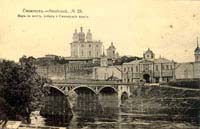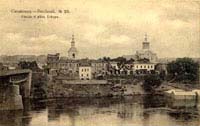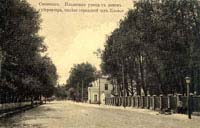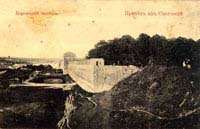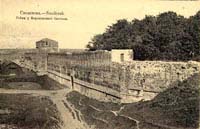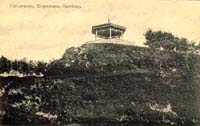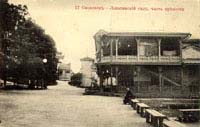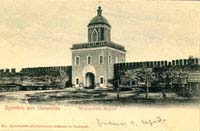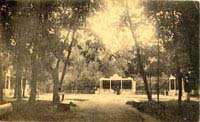Historical monuments of Smolensk in photos of the end of the XIX - beginning of the XX century.
This section includes photos of memorable places in Smolensk, which are connected with events of 1812. In this section you can find rare photoshots with the city views of the end of the XIX - beginning of the XX century. The authors and creators of this site express their special thanks to Dmitry Gnutov for the photo materials for this article.

